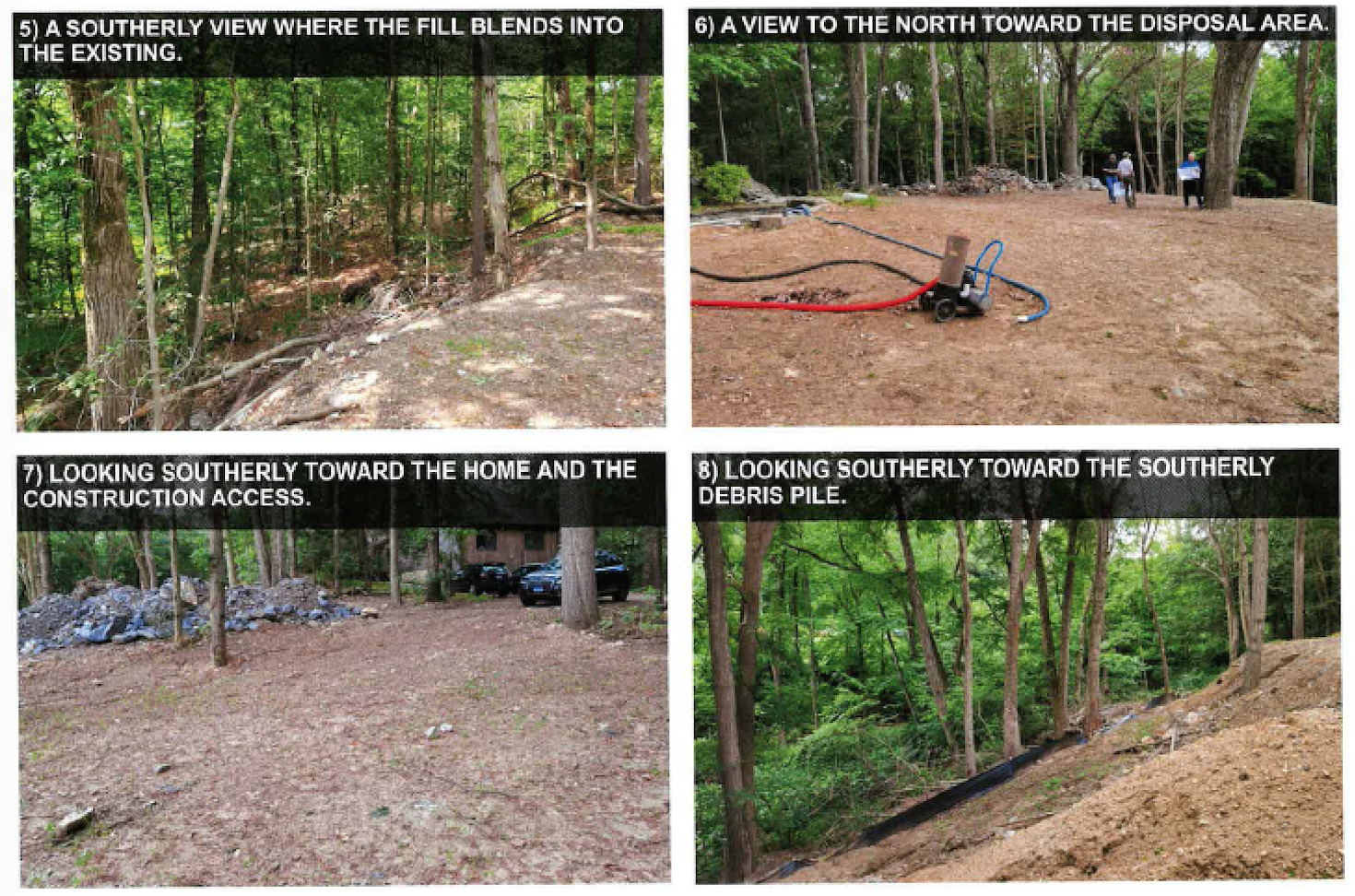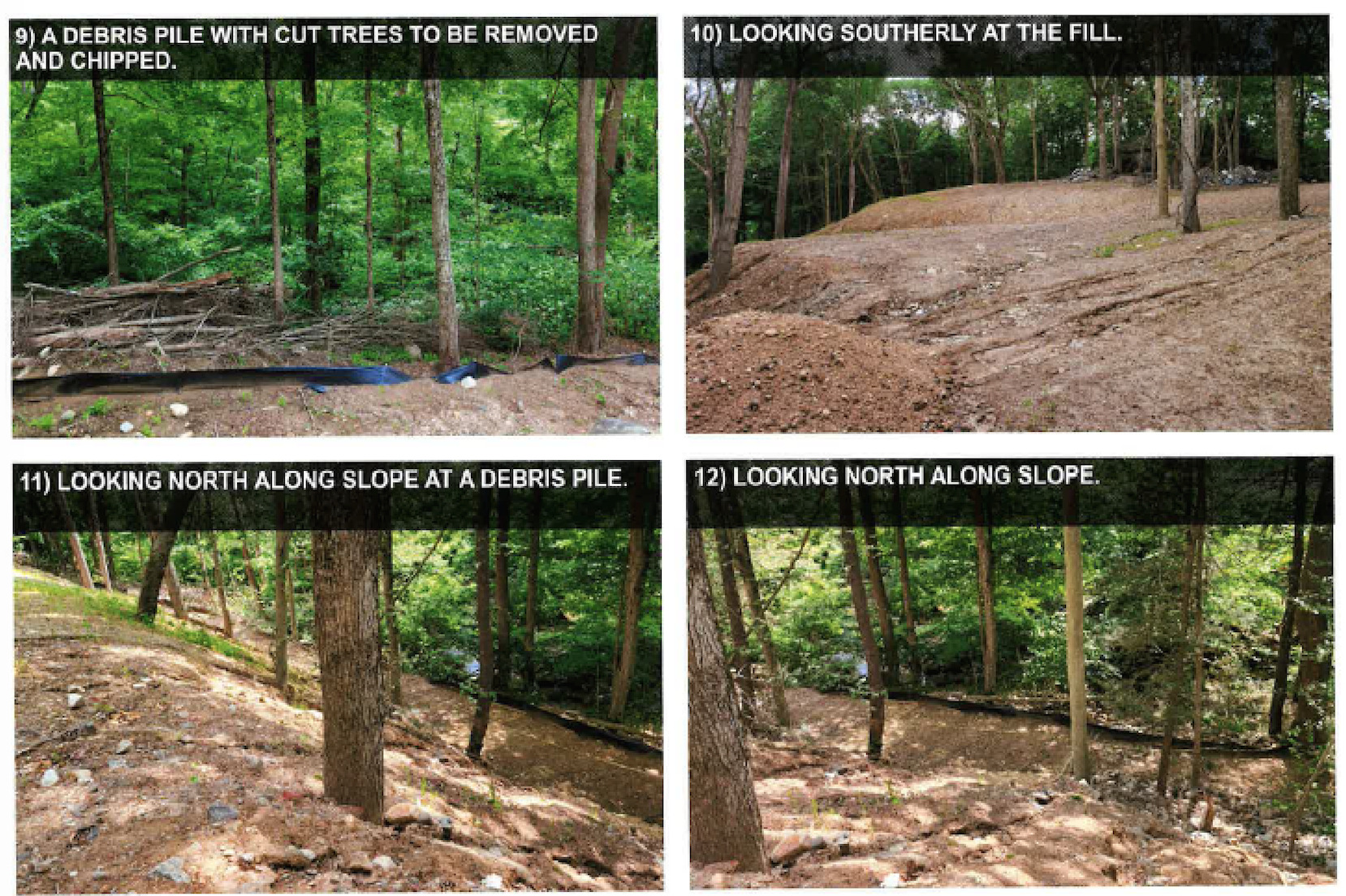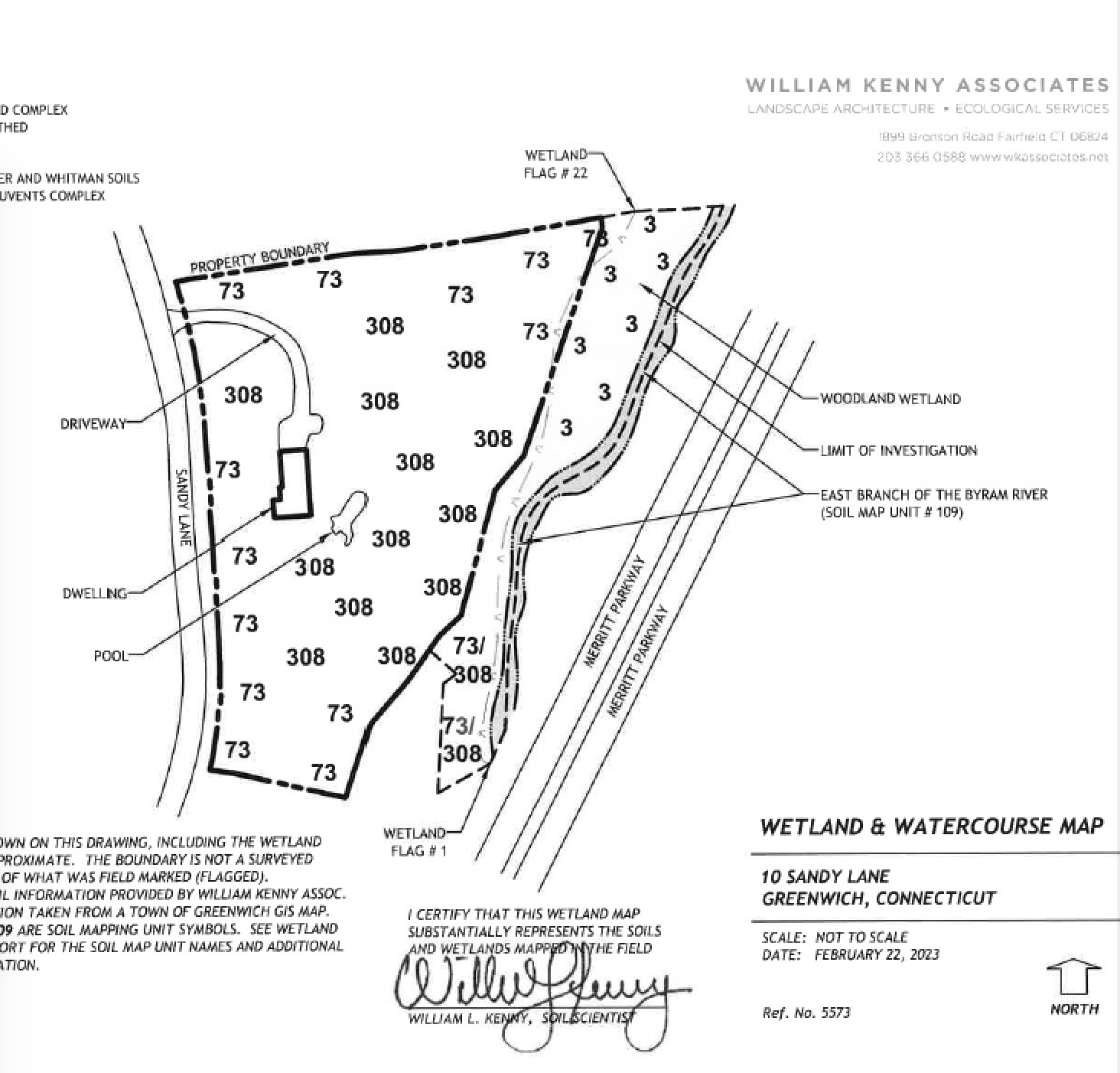Dr. Michael Goldstein, a Greenwich resident and Republican who recently announced he is seeking his party’s nomination to challenge CT’s 4th district Congressman Jim Himes in November.
In 2022, Dr. Goldstein sought his party’s endorsement to challenge Himes, but in a primary longtime former First Selectman of Darien, Jayme Stevenson was endorsed. Stevenson ultimately lost to Himes.
Goldstein, both an ophthalmologist and a health law attorney, won a seat on the Greenwich RTM in the November municipal elections but that same body rejected his nomination to the board of the town-owned nursing home, Nathaniel Witherell, (85 Yes; 105 No; 3 Abstain).
Goldstein and his wife, residents of back country, received an Order to Correct after their application was denied in December by the town’s Inland Wetlands and Watercourses Agency. The application had stemming from a Stop Work Order in Jan 2023 and Cease & Correct Order in Feb 2023, both actions in response to the unauthorized use of 16,000 cubic yards of fill on a slope at their property at 10 Sandy Lane, adjacent to a wetland area and stream.
For reference, a cubic yard is material 3 feet wide, 3 feet long and 3 feet tall, so 20 cubic yards is a pile 15 feet long, 12 feet wide, and 3 feet tall.
A typical dump truck holds about 10 cubic yards of material.
The Goldsteins’ application to regrade and relocate the unauthorized fill took 6 months to be submitted from the time of the Cease & Correct Order, and was first heard by the Agency in August.

Photos prepared by Rocco V D’Andrea Inc: 10 Sandy Lane

Photos prepared by Rocco V D’Andrea Inc: 10 Sandy Lane
“There is a tremendous amount of fill that has been brought to this site, estimated to be 16,000 cubic yards of material between approximately March 2022 and January 2023 when the Stop Work Order was placed,” Conservation Director Beth Evans said at the August agency meeting which was recorded.
The applicant had put up a single line of silt fence, deemed “wholly inadequate to control the volume of fill,” and it was breached in several locations. The Agency noted in their August minutes that the fill was coming down the unstable hill quickly and that the Goldsteins removed an “unknown quantity of trees” from the slope, leaving approximately 25 “large diameter” trees on the slope.
Also, according to the Aug minutes, 14 trees were proposed to be removed from within the Upland Review Area and another 14 proposed to be removed outside the Upland Review Area to accommodate relocation of a portion of the fill.
Evans urged that the fill on the slope be stabilized as soon as possible to prevent further erosion and lessen the risk to the wetland and stream.
“The fill goes right down to the edge of the wetland, and Converse Pond Brook (a tributary to the East Branch of the Byram River) is a Class A watercourse,” she said. “There needs to be a lot more erosion control installed immediately on this site to continue protecting the brook and wetland from further encroachment of the silt.”
Tony D’Andrea, a consultant from Rocco V D’Andrea Inc, who is representing the Goldsteins, acknowledged the slope was unstable.
Trees Buried in Fill are Dying
Wetlands vice chair Elliot Benton said when members did a site walk they noted the fill was so deep it was killing trees, potentially resulting in a clear cutting. Ms Evans said the first priority was stabilizing the slope, but saving as many trees as possible was also important.
Mr. D’Andrea said the trees would not likely survive due to the depth of fill around them.
Also, it was noted there were are debris piles that included an old chain link fence that had been removed from around the swimming pool.
“Taken together, these unauthorized activities represent a complete disregard for the wetland and watercourse on and immediately adjacent to this site,” the agency said in their August minutes.
Dr. Goldstein attended that meeting and promised to do everything possible to solve the problem.
Mr. D’Andrea said, “A great deal of damage has been done – no one is denying that – over the original ground which was a steep slope heading down toward the river. The question would be what would you do with the material if you removed, it and how much would you remove?”
The agency explained that it was not in their purview to tell the applicant where to send the fill.
Mr. D’Andrea said it could take several years to get approvals to move the fill. He suggested that if it was determined to be clean, it might be useful at Central Middle School, or GHS or WMS. However, Mr. D’Andrea also warned that removing the fill would require heavy equipment that would compact the soil underneath and make it sterile.
Initially there were questions whether the fill was clean. It originated from a site in New York where it was tested in 2021, but didn’t arrive in Greenwich until March 2022.
“Here’s my problem,” vice chair Elliot Benton said. “Here we have an egregious violation and we’re not just going to say just leave it there and the violator winds up with a nice flat yard.”
By the September meeting, according to the minutes, the Agency learned the fill reached a depth of up to 17 feet in some areas, and that by Sept 15 fill material had moved past the silt fence and was deposited throughout the wetland and into the stream.
They also learned the fill came from a site in Valhalla, NY under control of the New York State Dept of Environmental Conservation. Also that along the base of the embankment there were areas where trees had been cut and deposited.
Mr. D’Andrea acknowledged that a great deal of damage had been done and some trees were buried in up to 18 ft of fill.
By the October meeting, the testing results were available and the fill was confirmed to be clean from contaminants. Additional erosion controls had been installed and migration of silt into the wetland had been stopped.
Mr. D’Andrea introduced the idea of a jumbo concrete wall to mitigate erosion and stabilize the slope.
The Agency asked that an arborist assess the long term impacts of the fill on the trees, some of which are fairly large.
According to the minutes, Agency member Bill “Galvin recalled that one of the early objectives by the owner was to level out the area around the pool so that there would be a relatively flat yard around the pool.”
Mr. D’Andrea agreed that this had been verbalized by the owner. The owners had claimed that they only wanted to bring in some fill, but it got out of hand.”
Mr. Galvin said the Agency needed to “prevent a disaster.”
At the November meeting the applicant proposed to leave the majority of the fill in place, about 6,100 Cubic Yards in the Upland Review Area, and build a wall at the 40 ft line of the Upland Review Area.
The Agency members voted in December unanimously 7-0-0 on a Denial Resolution and Order to Correct with a deadline for submission of Feb 20, 2024.
In an email on Tuesday, Dr. Goldstein replied that his team is working to resolve the issue in their upcoming revised application on February 20, 2024, and are in constant contact with the Wetlands Agency.
“I have been working with experts to develop a plan that will protect the wetlands and address the issues of the wetlands agency. The fill is clean and is not contaminated. It is also not in the wetlands but in the upland review area. We have maintained erosion control for many months.”
“People need to be aware that the upland review area subject to the jurisdiction of the wetlands agency extends for 100 feet beyond the edge of the wetlands,” he continued. “If your property borders a watershed it can extend even further. For some people that could represent their entire property. Any activity including any property improvements or even cutting down a tree would therefore require the approval of the Wetlands agency.”
